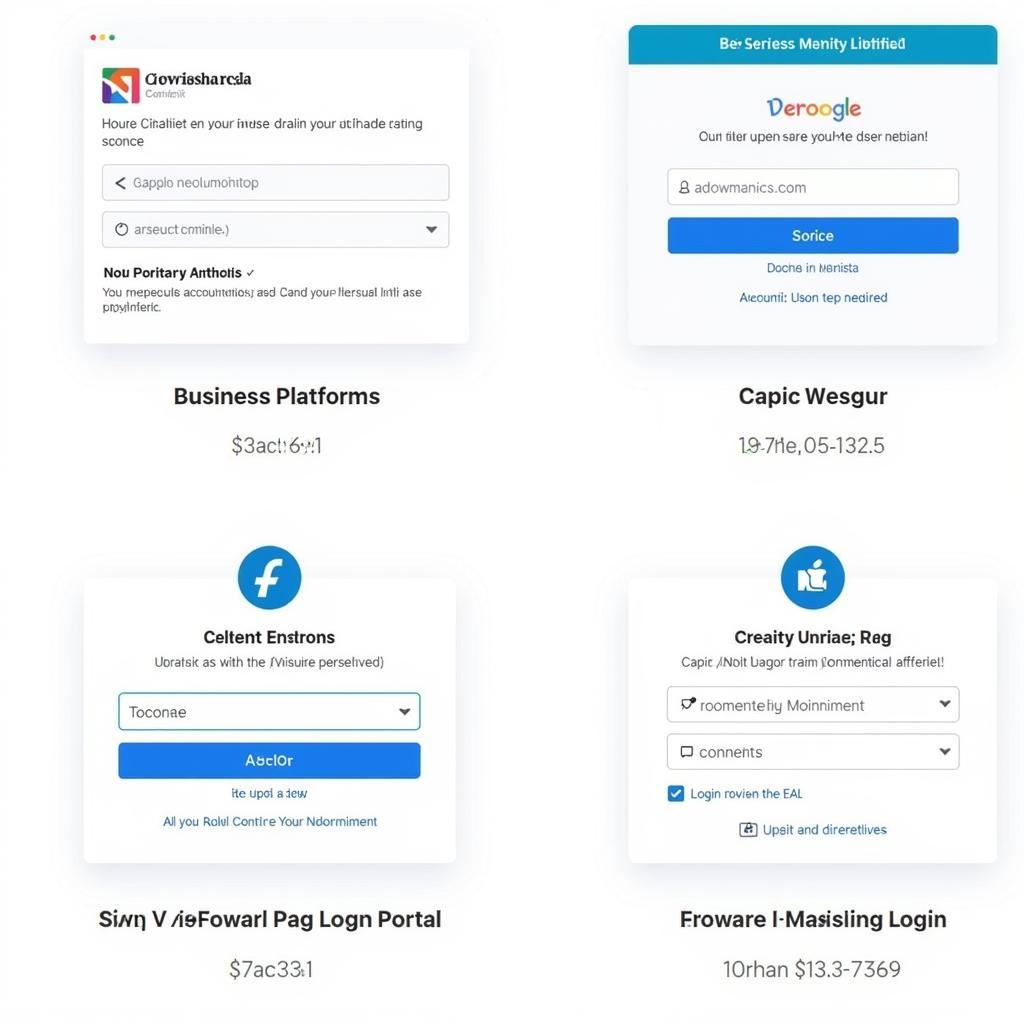ASEAN is a region with a vast and diverse water sector, making water marketing a critical aspect of its economic development. In this comprehensive guide, we’ll explore the intricate landscape of ASEAN water marketing, delve into its key challenges and opportunities, and unveil strategies for success.
Understanding the ASEAN Water Market
The ASEAN water market encompasses a wide range of activities, from water supply and sanitation to hydropower generation and irrigation. It’s a dynamic sector characterized by:
- High Demand: ASEAN’s rapidly growing population and economic development drive a significant demand for water resources.
- Increasing Scarcity: Climate change, urbanization, and pollution are putting pressure on water resources, leading to scarcity in many parts of the region.
- Investment Opportunities: Significant investments are required to expand water infrastructure and implement sustainable water management practices.
Challenges and Opportunities in ASEAN Water Marketing
Challenges:
- Water Security: Ensuring access to safe and affordable water for all is a major challenge.
- Infrastructure Gaps: Aging infrastructure and inadequate capacity limit water supply and sanitation services.
- Water Governance: Effective water management requires strong governance frameworks and policies.
Opportunities:
- Innovation: Advancements in technology offer solutions for water treatment, conservation, and resource management.
- Green Investments: Sustainable water projects attract green investments, supporting both economic and environmental goals.
- Regional Cooperation: Collaboration across ASEAN nations promotes knowledge sharing and joint initiatives.
Key Strategies for Success in ASEAN Water Marketing
1. Understanding the Target Audience:
- Tailoring Messages: Water marketing strategies must be tailored to specific target audiences, considering their needs, preferences, and socioeconomic contexts.
- Local Insights: Understanding local customs, languages, and cultural nuances is essential for effective communication.
- Data-Driven Insights: Market research and data analysis provide valuable insights into consumer behavior and preferences.
2. Emphasize Sustainability:
- Environmental Responsibility: Highlighting the environmental benefits of water conservation and efficient water use resonates with consumers.
- Social Impact: Emphasize the social impact of water projects, such as improving sanitation and promoting public health.
- Transparency: Transparent communication about water sources, treatment processes, and environmental impact builds trust.
3. Leverage Technology:
- Digital Marketing: Utilize digital channels, such as social media, websites, and online advertising, to reach a wider audience.
- Data Analytics: Leverage data analytics to understand customer behavior and optimize marketing campaigns.
- Smart Water Technologies: Promote the use of smart water technologies for efficient water management and conservation.
4. Build Strong Partnerships:
- Government Collaboration: Engaging with governments and regulatory bodies is crucial for navigating legal and policy frameworks.
- NGO Partnerships: Collaborating with NGOs and community organizations enhances social impact and strengthens brand reputation.
- Industry Networks: Networking with industry players fosters innovation, knowledge sharing, and market access.
5. Embrace a Long-Term Perspective:
- Sustainable Practices: Focus on long-term sustainable practices rather than short-term profit maximization.
- Community Engagement: Building relationships with communities and engaging them in water management initiatives fosters trust and long-term success.
“Water is not just a resource; it’s a vital element for human life, economic prosperity, and ecological balance,” says Dr. Maria Santos, an expert in ASEAN water management.
“Effective water marketing not only drives business success but also contributes to a sustainable future for the region,” adds Professor Kiet Le, a renowned scholar in water economics.
FAQs
Q1: What are the key challenges facing water supply in ASEAN?
A1: Challenges include aging infrastructure, water scarcity due to climate change and urbanization, and inadequate wastewater treatment facilities.
Q2: How can technology be leveraged for water conservation in ASEAN?
A2: Smart water meters, rainwater harvesting systems, and innovative irrigation technologies can significantly reduce water waste.
Q3: What are the benefits of regional cooperation in the ASEAN water sector?
A3: Regional cooperation fosters knowledge sharing, joint investment, and a more coordinated approach to water management.
Q4: How can we promote sustainable water practices among consumers in ASEAN?
A4: Education, awareness campaigns, and incentives for water conservation can encourage consumers to adopt sustainable practices.
Q5: What are some examples of successful water marketing initiatives in ASEAN?
A5: Examples include water conservation programs launched by utilities, community-based water management projects, and the development of innovative water technologies.
Q6: How can water marketing contribute to economic development in ASEAN?
A6: Effective water marketing can attract investments in water infrastructure, create jobs, and promote sustainable economic growth.
Q7: What are the latest trends in ASEAN water marketing?
A7: Emerging trends include the adoption of digital platforms, increased focus on water security, and the integration of green technologies.


